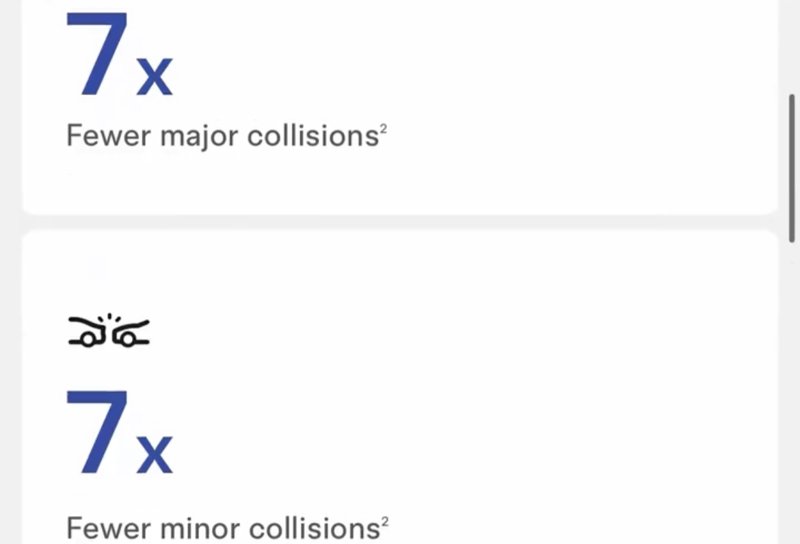In a relentless pursuit of public adoration and regulatory approval, Tesla, Inc. has unveiled a rather spiffing new safety webpage for its Full Self-Driving (Supervised) system. The site features a live, whirring odometer displaying the total miles clocked up with the system engaged—currently a whopping 6.3 billion miles and counting—and makes some truly eye-watering claims about its safety performance compared to us mere mortal drivers.
If Tesla’s own figures are to be believed, engaging FSD (Supervised) results in a staggering 7x fewer major collisions and an equally impressive 7x fewer minor collisions. The company also claims a 5x reduction in off-highway collisions. This move marks a departure from Tesla’s previous safety reports, which focused on its somewhat less sophisticated Autopilot system and regularly came under fire for its rather dodgy “apples-to-oranges” comparisons. The new page, however, dishes out more granular data – a welcome, if long-overdue, nod to transparency that had us all chuffed.
Why Is This Important?
This is a shrewd tactical manoeuvre in the ongoing PR skirmish over autonomous vehicle safety. By publishing a slick webpage, complete with a live, whirring odometer, Tesla is making a brazen grab for the safety narrative with its own, meticulously curated data. While the numbers certainly look rather smashing, the devil will, as ever, be in the data’s details – the methodology and the baseline for “human-driven” comparisons are bound to face the kind of heavy scrutiny that makes regulators’ eyes water. It’s an audacious transparency gambit, but one that presents its data without the full, unbiased context of proper peer-reviewed analysis that rivals like Waymo have, to their credit, laid bare.






